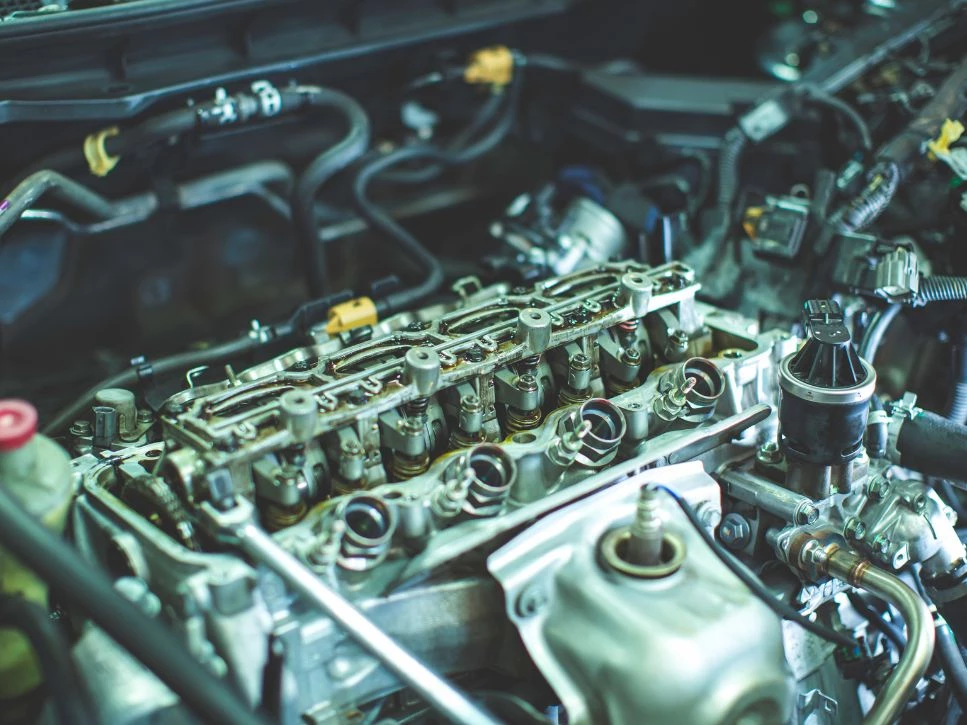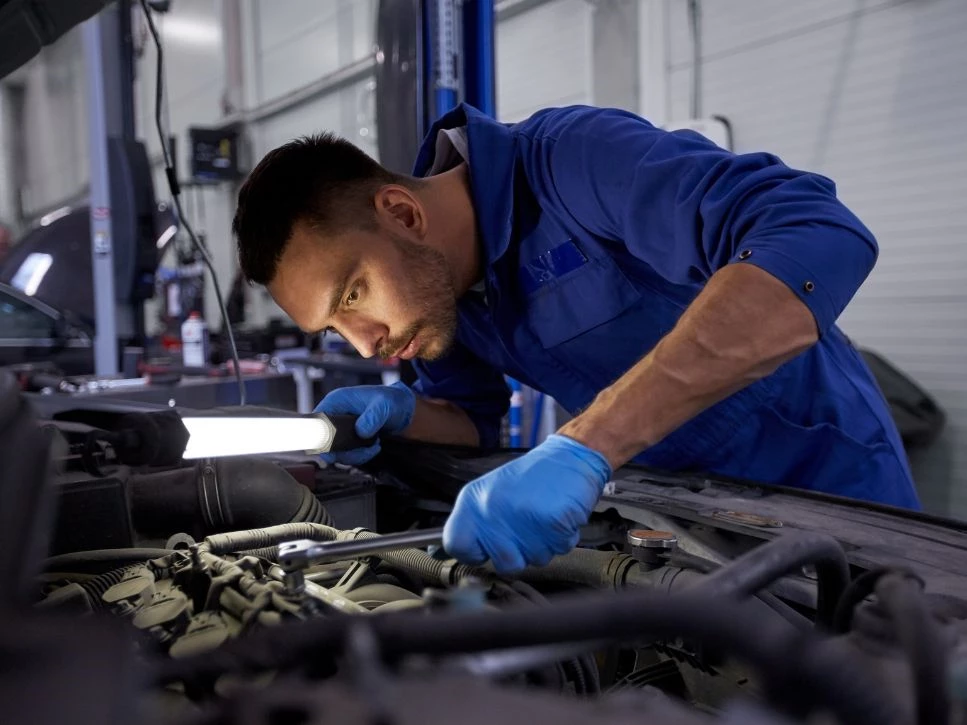
A Quick Overview
| No. | Key Points |
|---|---|
| 1. | Crankshaft position sensors, also known as crank sensors, play a crucial role in engine ignition and timing. |
| 2. | Crank sensors come in different wiring configurations, including 2-wire and 3-wire setups. |
| 3. | A 2-wire crank sensor consists of a signal wire and a ground wire. The signal wire carries the crankshaft position data to the engine control unit (ECU). |
| 4. | A 3-wire crank sensor includes a reference voltage wire, a signal wire, and a ground wire. The reference voltage wire supplies a constant voltage to the sensor. |
| 5. | Wiring diagrams for crank sensors may vary depending on the vehicle make, model, and sensor type. |
| 6. | Understanding the correct wiring connections for 2-wire and 3-wire crank sensors is essential for proper installation and engine functionality. |
| 7. | Proper wire connectors, such as crimp connectors or soldering, should be used to ensure secure and reliable connections. |
| 8. | It is important to consult the vehicle’s service manual or reliable sources for accurate wiring diagrams specific to your vehicle. |
| 9. | Pictures or diagrams can provide visual guidance in understanding the wiring connections for 2-wire and 3-wire crank sensors. |
| 10. | If you are unsure about the wiring connections or encounter any issues, it is recommended to seek professional assistance. |
Understanding 2 & 3 Wire Crank Sensor Wiring: A Comprehensive Guide
The crank sensor, also known as the crankshaft position sensor, is a crucial component of an engine’s management system. It detects the position and rotational speed of the crankshaft, providing essential information for ignition timing and fuel injection synchronization. Crank sensors can be found in different wiring configurations, including 2-wire and 3-wire setups. Understanding the wiring connections for these sensors is vital for proper installation and optimal engine performance. In this comprehensive guide, we will delve into the details of 2 & 3 wire crank sensor wiring and provide some helpful tips for successful installation.
1. Introduction to Crank Sensors
Crank sensors play a vital role in detecting the position and rotational speed of the crankshaft. This information is crucial for the engine control unit (ECU) to accurately time ignition and fuel injection processes, ensuring efficient engine operation.
2. Wiring Configurations: 2-Wire and 3-Wire
Crank sensors can have two different wiring configurations: 2-wire and 3-wire setups.
-
2-Wire Crank Sensor: In a 2-wire configuration, the sensor consists of a signal wire and a ground wire. The signal wire carries the crankshaft position data to the ECU, while the ground wire provides the necessary electrical grounding.
-
3-Wire Crank Sensor: A 3-wire configuration includes a reference voltage wire, a signal wire, and a ground wire. The reference voltage wire supplies a constant voltage to the sensor, the signal wire transmits the position data to the ECU, and the ground wire completes the electrical circuit.
3. Understanding the Wiring Connections
To ensure proper installation and functionality, it is important to understand the wiring connections for 2 & 3 wire crank sensors. Here are the key points to consider:
-
2-Wire Crank Sensor Wiring: Connect the signal wire from the crank sensor to the appropriate input pin on the ECU. Ensure a secure connection. Connect the ground wire to a suitable grounding point on the engine or chassis.
-
3-Wire Crank Sensor Wiring: Connect the reference voltage wire from the crank sensor to the designated voltage supply pin on the ECU. Connect the signal wire to the appropriate input pin. Ground the ground wire securely to a grounding point.
Remember to consult the vehicle’s service manual or reliable sources for the specific wiring connections for your make, model, and sensor type.
4. Tips for Proper Installation
To ensure a successful installation of a crank sensor, consider the following tips:
- Use appropriate wire connectors, such as crimp connectors or soldering, for secure and reliable connections.
- Inspect the wiring and connectors for any signs of damage or wear. Replace any faulty components to avoid potential issues.
- Properly route and secure the wiring to prevent interference or damage from moving engine components.
- Double-check the wiring connections before starting the engine to ensure they are correct.
Following these tips will help ensure accurate readings and optimal performance of the crank sensor.
👉 You may also like - How Do You Properly Ground a Car Battery? The Definitive Guide
Frequently Asked Questions
Here are some commonly asked questions about understanding 2 & 3 wire crank sensor wiring:
Q1: What is the role of a crank sensor in a vehicle’s engine?
The crank sensor, also known as the crankshaft position sensor, is responsible for detecting the position and rotational speed of the crankshaft. This information is crucial for engine ignition timing and fuel injection synchronization.
Q2: What is the difference between a 2-wire and a 3-wire crank sensor?
A 2-wire crank sensor consists of a signal wire and a ground wire. The signal wire carries the crankshaft position data to the engine control unit (ECU). On the other hand, a 3-wire crank sensor includes a reference voltage wire, a signal wire, and a ground wire. The reference voltage wire supplies a constant voltage to the sensor.
Q3: How can I identify the wiring configuration of my vehicle’s crank sensor?
To identify the wiring configuration of your vehicle’s crank sensor, it is best to consult the vehicle’s service manual or reliable sources that provide wiring diagrams specific to your make, model, and sensor type. These resources will help you understand the correct wiring connections for your particular vehicle.
Q4: Can I use a wiring diagram for a different vehicle or crank sensor type?
It is not recommended to use a wiring diagram intended for a different vehicle or crank sensor type. Wiring diagrams can vary depending on the vehicle’s make, model, and sensor specifications. Always refer to the specific wiring diagram for your vehicle to ensure accurate connections.
Q5: What are the common wire connectors used for crank sensor wiring?
For crank sensor wiring, common wire connectors used include crimp connectors and soldering. These connectors ensure secure and reliable connections between the wires and the sensor.
Q6: How important is it to follow the correct wiring connections for crank sensors?
Following the correct wiring connections for crank sensors is crucial for proper installation and accurate sensor readings. Incorrect wiring can result in misreadings, engine performance issues, or even failure to start. It is essential to refer to the appropriate wiring diagrams and consult professionals if you are uncertain about the connections.
Q7: Are pictures or diagrams available to assist in understanding crank sensor wiring?
Yes, pictures or diagrams can provide visual guidance and help in understanding the correct wiring connections for 2-wire and 3-wire crank sensors. These visual aids can be found in service manuals, online resources, or reliable automotive guides.
Understanding the wiring configurations for 2-wire and 3-wire crank sensors is essential for successful installation and proper engine functionality. Always consult the vehicle’s service manual or seek professional assistance for specific information related to your vehicle.






